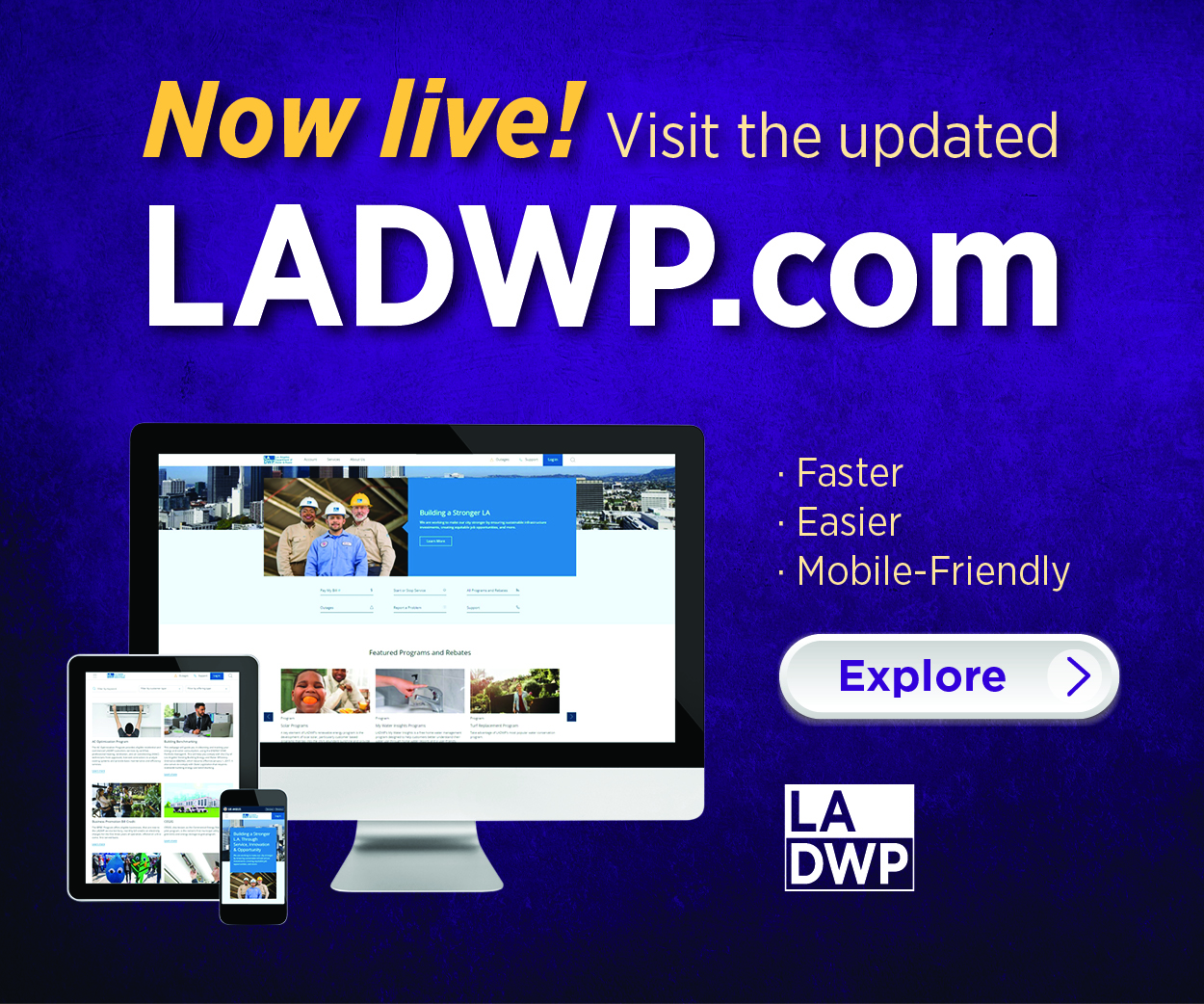Comments
FINANCE - When people face urgent expenses and lack immediate funds, they often look for quick ways to bridge the gap. That’s where cash advance loans come in. These short-term loans are used by individuals who need money fast and have few options available.
Whether it’s covering rent, keeping the utilities on, or paying for an essential car repair before payday, borrowers often turn to cash advances for speed and convenience. However, what exactly do these loans offer, who should consider them, and are there other options that make more sense?
Understanding how cash advances work, where they fit into the larger lending landscape, and what alternatives exist can help borrowers make smarter decisions. In a world where financial pressure can arrive without warning, knowing which tools offer relief without long-term consequences matters more than ever.
This guide explores common use cases, key features, and better options to consider when short-term borrowing becomes necessary.
Situations Where Cash Advances Are Common
Cash advance loans are built for immediacy. People use them most often when their income will arrive soon, but their expenses cannot wait. In these cases, it is not the size of the emergency that matters, but the timing.
Typical situations include:
● Rent payments due before a scheduled payday,
● Urgent car repairs needed to get to work,
● Utility bills that must be paid to avoid service disruption,
● Medical co-pays or prescriptions without coverage,
● Travel costs for family emergencies or sudden obligations.
Traditional lenders may not accommodate these small, urgent amounts. A person facing an emergency might need just a few hundred dollars, which falls below the threshold of many installment loans. In these moments, speed often outweighs long-term planning. Borrowers prioritize lenders who ask fewer questions, process applications quickly, offer transparent terms, and deposit funds in under 24 hours.
Key Features That Make Them Different
Cash advance loans tend to offer smaller amounts, short repayment windows, and fixed fees instead of long-term interest. Many borrowers repay within two to four weeks, often aligning the due date with their next paycheck. Unlike credit cards or installment plans, these products are not meant for extended repayment periods.
Because of the quick turnaround and minimal underwriting, lenders often charge higher costs. The structure may involve flat fees per amount borrowed, or an APR (annual interest rate charged on borrowed money, including any fees or additional costs) that appears inflated due to the short term. For example, a $300 loan with a $45 fee paid in two weeks equates to a triple-digit APR, even though the flat fee might seem manageable at first glance.
These loans also typically require access to a checking account or proof of income. Some lenders offer them entirely online, while others work through physical storefronts. The generous eligibility criteria make them accessible but also increase the chance that consumers overlook the total cost.
Alternatives That Provide Better Flexibility
Not every financial need requires a cash advance. In many cases, other products can fill the same role with greater flexibility or lower cost. For instance, credit unions and community lenders may offer small-dollar loans with capped fees and longer repayment terms. These are often underpublicized but may serve as safer tools for urgent borrowing.
Online lenders like CreditNinja.com, for example, offer alternatives to cash advance loans with more structured repayment, transparent terms, and broader eligibility. These platforms often let borrowers apply from home, review full loan details in advance, and avoid balloon-style fees tied to short due dates.
Another option includes paycheck advance features now integrated into some payroll systems or financial wellness platforms. These allow users to access part of their earned wages before payday without interest or heavy fees. While not available everywhere, they represent a growing space for responsible short-term liquidity.
How Borrowers Should Compare Options
Before choosing a cash advance, it helps to break the decision into clear parts. Each element affects your ability to repay and avoid ongoing debt. These areas deserve close attention.
Review the Full Repayment Amount
The upfront fee may seem small, but the total repayment could be far higher than expected. Always calculate the full cost, including fees and any prepayment conditions. Ask whether the loan can be repaid without delaying essential bills. If not, the short-term gain may not be worth the added financial strain.
Check Lender Transparency and Support
Reputable lenders make costs clear before you borrow. Look for full disclosure of fees, repayment dates, and whether partial payments are allowed. A lender without visible contact options, support lines, or published terms is a warning sign. You should be able to ask questions and get real answers.
Understand Reporting and Rollover Rules
Some lenders report payment history to credit bureaus, while others do not. If the loan helps you build credit, that may be a long-term benefit. But if only defaults are reported, missed payments could cause more harm. Also, check rollover policies. Extensions often come with added fees that multiply the original loan’s cost. A short-term fix can grow quickly when renewals become part of the cycle.
Real-World Use and Cautionary Examples
Cash advances are often portrayed as last-resort tools, but that overlooks their usefulness in specific contexts. For example, a contract worker awaiting a late invoice payment may use a $200 advance to prevent a missed rent payment. With repayment handled a week later, the fee becomes a trade-off for avoiding eviction or penalties.
However, the structure becomes a problem when used repeatedly. Borrowers who take a second loan to cover the first, then a third to cover the second, quickly lose control over costs. In these scenarios, a one-time solution turns into a cycle of dependency. That’s why these loans should be viewed as bridges, not solutions to long-term financial gaps.
If used wisely, they can serve a purpose. The key lies in keeping them infrequent, understanding the full cost upfront, and seeking alternatives when patterns emerge. There are always better tools for those willing to look beyond the quickest option.
Smart Borrowing Starts With Understanding the Terms
When used for the right reasons and with a clear exit plan, cash advance loans can help solve short-term needs. But too often, the speed and simplicity of these loans mask their true cost. Responsible use begins with transparency, comparison, and realistic repayment planning.
By taking the time to understand the full range of options and how each one works, borrowers can avoid turning a short-term fix into a long-term burden.
###














